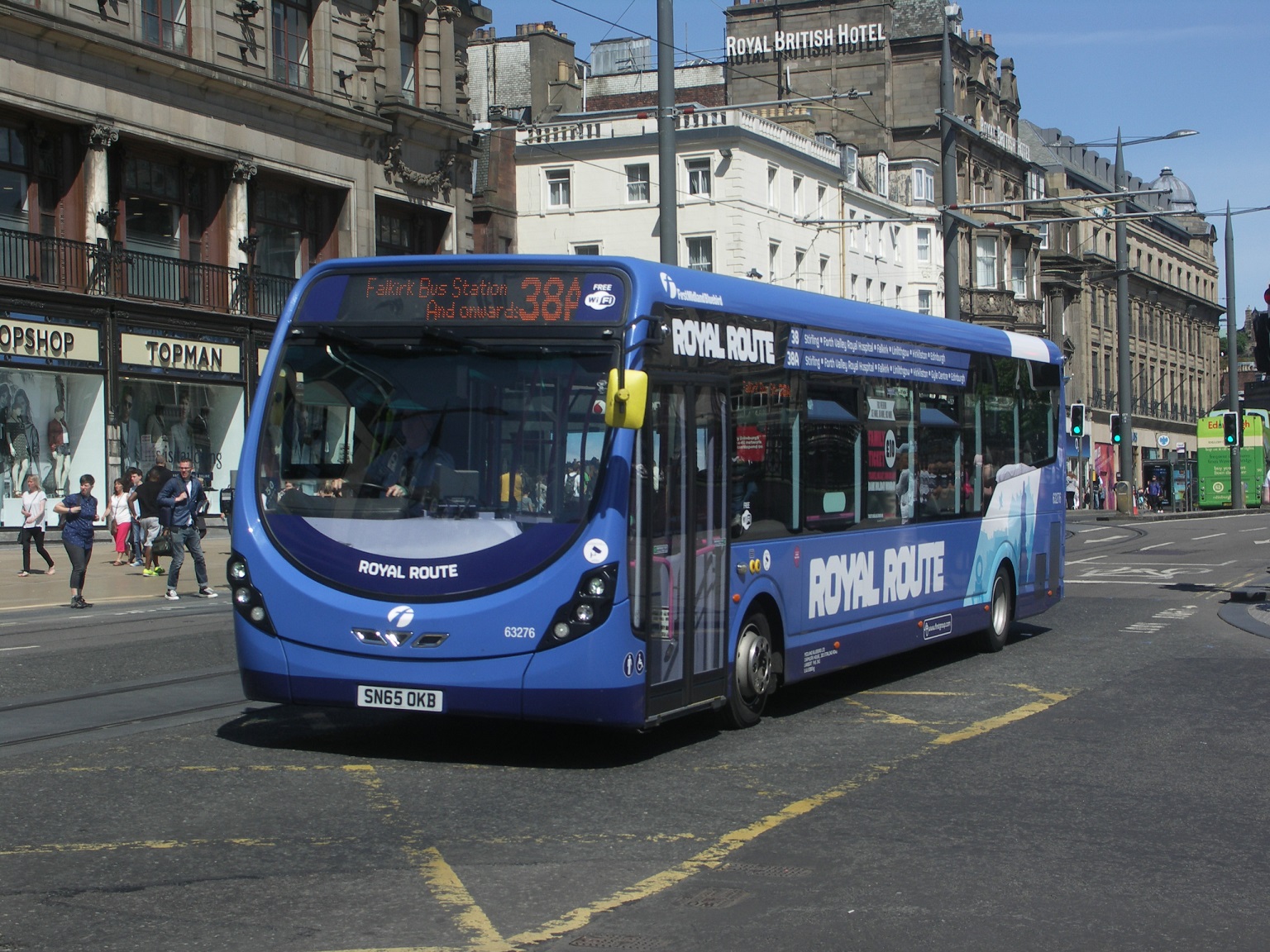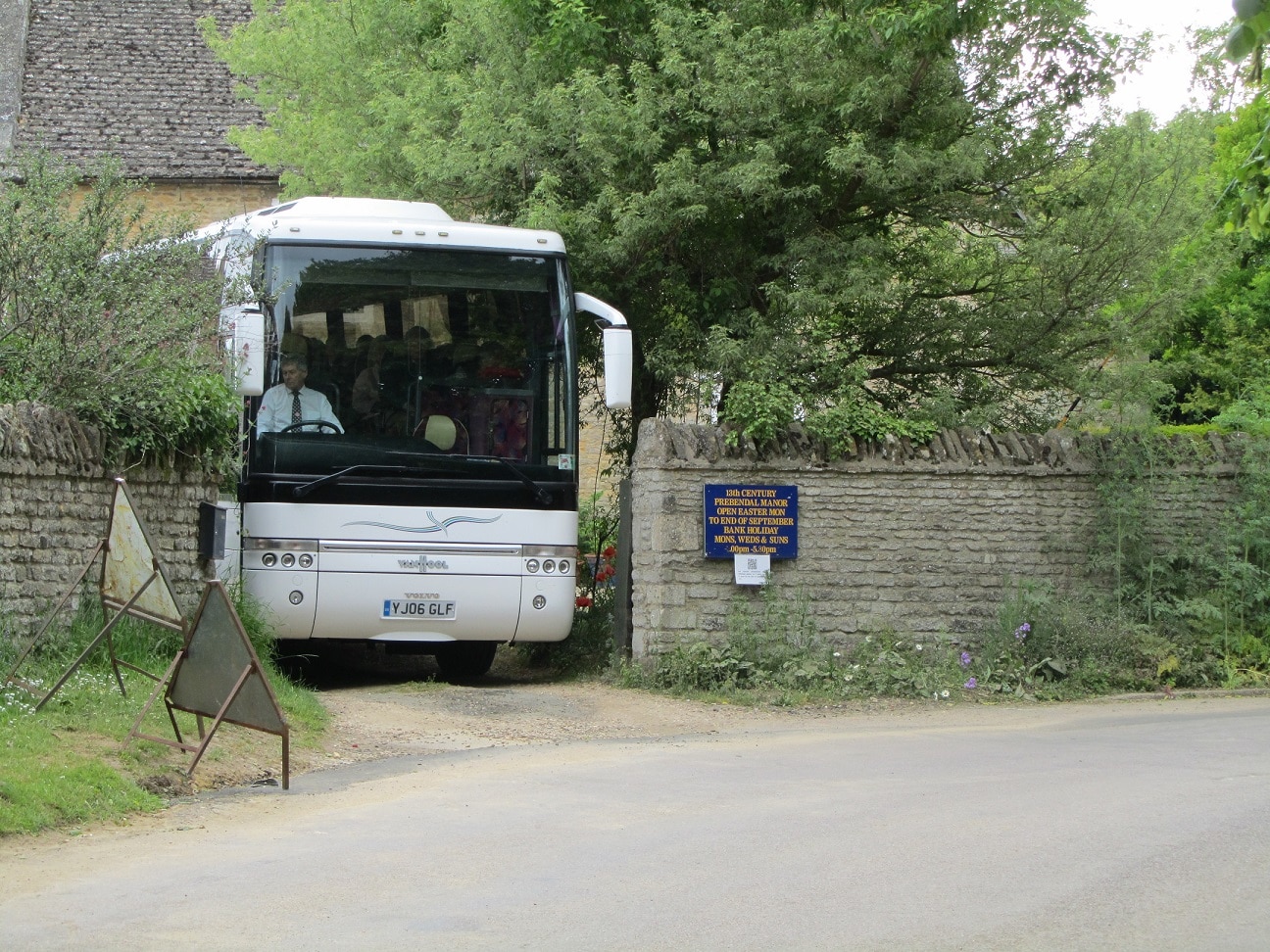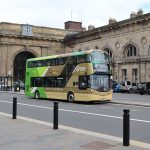A drop in bus passenger numbers of up to 90% means that many vehicles around the country are under a SORN notifcation, despite operators having been granted varying packages of financial support to enable services to continue to operate. What is the scale of that laid-up resource?
Research by routeone shows the extent of it for buses is not as severe as it is for coaches. There, analysis of a selection of fleets demonstrated that up to 90% of full-sized vehicles are off the road through lack of work. But the variation in SORN levels in the bus sector is significant.
Guidance from the Department for Transport (DfT) states that, unless special agreement is reached, it expects a service level of between 40-50% of normal timetables to be delivered by operators in England during the pandemic.
In some cases, that is reflected in the percentages of fleets still available for service. The remainder are subject to SORN declarations. But analysis by routeone of nine provincial bus fleets of differing sizes, and additional information from three further operators, shows extensive variance.
Different approaches for bus SORN policies
Figures have been arrived at using recent fleet listings. The operators involved include examples from England, Scotland and Wales. Some are small- and medium-sized independents and others are either in municipal ownership or part of a large group.
No single conclusion can be drawn from the data. Some operators have elected to retain a much greater share of double-deckers to comply with social distancing requirements. Others have sidelined almost all their highest-capacity buses. Specific requirements relating to school or university flows may be influential in those latter cases.
While the figures generated by routeone are only a guide, and there may be vehicles that are out of use but which are still taxed, the degree of adherence to DfT’s COVID-19 Bus Services Support Grant guidance in England relating to the use of fleets’ most environmentally friendly buses is mixed.

More than one English operator studied has elected to take Euro VI buses out of service while retaining those with a poorer emission level.
However, a general focus has been on utilising the newest vehicles; previous retrofitting of older buses to achieve Euro VI must not be discounted here.
A further factor in decisions looks to be related to route branding. Many of the fleets analysed have few, or no, branded buses left in use. That is likely to allow the maximum flexibility and utilisation without resulting in the misallocation of route-specific vehicles.
Extremes of fleets under the microscope
While some of the fleets under the microscope have between 40-50% of their vehicles still available for use, others are well outside that bracket.
At one extreme is a small family-owned operator. Each of 25 of its buses remain taxed and no bus has a SORN in place. Next in line is another business in the same category, based in Scotland. All but one of its 16 vehicles are available. Next up is a larger independent operator. 42, or 84%, of its 50 buses are still on the road.
Moving to the other end of the spectrum, the operator analysed with by far the lowest percentage of its buses available is municipally owned and with a large fleet. Just 20% are taxed. Only three of its almost 80 single-deckers are in that category.
Of the operator’s double-deckers, high capacity examples are prominent among those that are still available, despite being in some cases substantially older than newer, less capacious, models. That again points to an observance of social distancing needs.
Economies of scale evident in larger fleets?
It is in larger fleets where the percentage of remaining licenced buses is often lowest. Taking a random subsidiary of one of the big groups, 46% are still available for use. But over 80% of its double-deckers are in that category against just 18% of single-deckers.

Of those larger operators for which general figures were supplied without a breakdown into double- and single-deck categories, economies of scale also become apparent.
One has just 37% of its vehicles available for service.
Additionally, those operators surveyed that serve large cities in some cases have a relatively low percentage of retained vehicles.
That may be down to reduced congestion and faster journey times, allowing each bus to cover significantly more miles than would have been the case pre-COVID-19.
Other fleets have elected to focus on certain vehicle types for continuing operation. In more than one instance where ages are generally comparable, all of one type has been removed from service while many of another remain available.
Operating costs and perceived reliability considerations aside, it is likely that some vehicles that are ‘limping’ will have been sidelined ahead of those that are older but are free from problems. Other factors, such as the fitment of anti-assault screens, may also have figured.
But one thing is clear: The bus industry, like the coach sector, currently has a lot of expensive and depreciating metal parked in depots and accumulating nothing but dust. And where vehicles are not required, nor are drivers or staff from other disciplines.
The best remedy for the industry to the current situation will not be public money. It will be efforts from the government to ensue that the coronavirus COVID-19 pandemic passes as quickly as possible, allowing the economy, and the travelling public, to return to normal.



























